Love/Hate Relationship with the paneling
AliciaK
11 years ago
Related Stories

PAINTINGKnotty to Nice: Painted Wood Paneling Lightens a Room's Look
Children ran from the scary dark walls in this spare room, but white paint and new flooring put fears and style travesties to rest
Full Story
DIY PROJECTSHide Cords in Style With DIY Graphic Panels
Keep wires under wraps for a neater-looking home office or media center, with wall panels you make to your exact taste
Full Story
GREEN BUILDINGGoing Solar at Home: Solar Panel Basics
Save money on electricity and reduce your carbon footprint by installing photovoltaic panels. This guide will help you get started
Full Story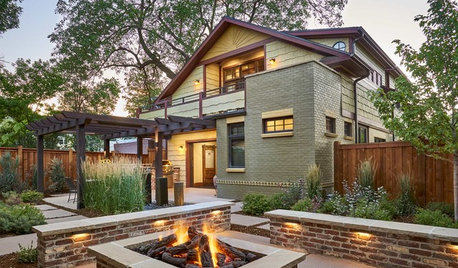
LATEST NEWS FOR PROFESSIONALSPro Panel: How Do You Know When a Client Is a Good Fit?
A landscape designer, an interior designer and an architect describe what they look for in a dream client
Full Story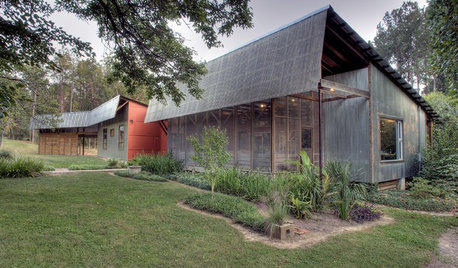
REMODELING GUIDESHello Again, Corrugated Panels
Once-Shunned Material Finds Expressive New Role in Contemporary Homes
Full Story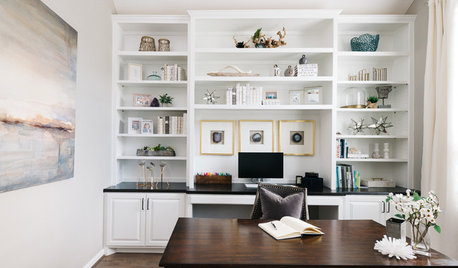
LATEST NEWS FOR PROFESSIONALSPro Panel: How Do You Keep Your Business Organized?
A professional organizer, a homebuilder and an interior designer share tips and tricks for staying on top of everything
Full Story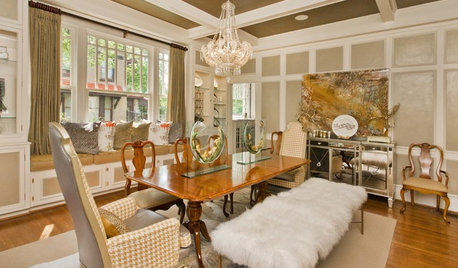
WORKING WITH AN INTERIOR DESIGNER5 Qualities of a Happy Designer-Client Relationship
Cultivate trust, flexibility and more during a design project, and it could be the beginning of a beautiful alliance
Full Story
REMODELING GUIDESWisdom to Help Your Relationship Survive a Remodel
Spend less time patching up partnerships and more time spackling and sanding with this insight from a Houzz remodeling survey
Full Story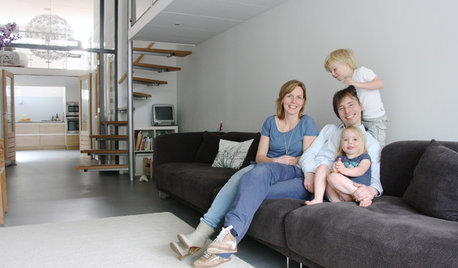
REMODELING GUIDESHow to Protect (Even Enhance!) Your Relationship While Renovating
No home improvement project is worth a broken heart. Keep your togetherness during a remodel with this wise advice
Full Story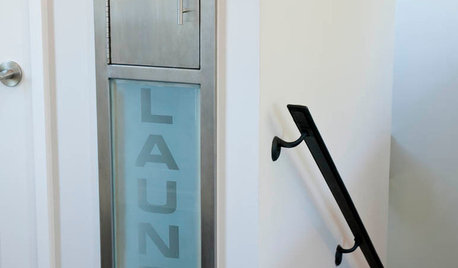
GREAT HOME PROJECTSHate Hauling Laundry? Give Dirty Clothes the Chute
New project for a new year: Install a quick route to the laundry room
Full Story










columbusguy1
AliciaKOriginal Author
Related Professionals
Agoura Hills Kitchen & Bathroom Designers · Martinsburg Kitchen & Bathroom Designers · Plymouth Kitchen & Bathroom Designers · Ridgewood Kitchen & Bathroom Designers · Terryville Kitchen & Bathroom Designers · 93927 Kitchen & Bathroom Remodelers · Albuquerque Kitchen & Bathroom Remodelers · Martha Lake Kitchen & Bathroom Remodelers · Niles Kitchen & Bathroom Remodelers · Oklahoma City Kitchen & Bathroom Remodelers · Tempe Kitchen & Bathroom Remodelers · Toms River Kitchen & Bathroom Remodelers · Cave Spring Kitchen & Bathroom Remodelers · Charleston Architects & Building Designers · Franklin Architects & Building Designersmary_ruth
liriodendron
Debbie Downer
AliciaKOriginal Author
liriodendron
liriodendron
AliciaKOriginal Author
liriodendron